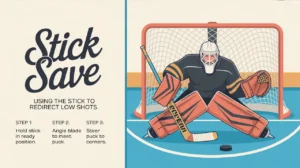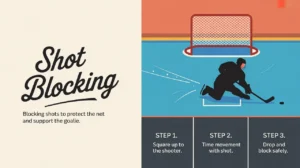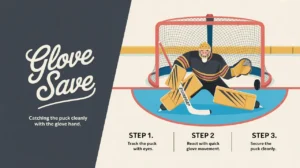Jim’s Intro to Angling
Hi folks, Jim here, the only commentator who once tried to angle a player and ended up on the boards all by myself.
What is angling?
Angling is a defensive technique where a player uses their skating line and body positioning to steer an opponent toward a less dangerous area, usually the boards, while taking away passing or shooting options. It’s subtle but incredibly effective.
How does it work?
Angling relies on anticipation, skating, and smart positioning:
- Good Gap: Maintain the right distance to pressure without overcommitting.
- Stick Placement: Keep your stick on the ice to block lanes and guide the puck carrier.
- Inside Position: Stay between the opponent and the prime scoring areas.
- Control the Route: Skate at an angle that gradually narrows their options and pushes them wide.
- Use the Boards: Force the puck carrier toward the wall, where you or a teammate can finish the play.
- Balanced Stance: Stay low and ready to pivot if they try to cut back.
How do you make good decisions with it?
- Start Early: Angling works best before the puck carrier builds full speed.
- Read Their Body Language: Anticipate whether they’re cutting inside, passing, or driving wide.
- Don’t Over-Pursue: Over-angling opens up space behind you.
- Combine with Stick Work: A well-timed poke check or stick lift seals the play.
- Know When to Commit: Angle until the puck carrier runs out of space, then close in.
How do you master it?
Mastering angling takes skating drills, situational reads, and repetition. Players practice cutting off routes in controlled settings, focusing on maintaining inside position and adjusting angles as attackers shift speed or direction.
What does it look like when done right?
A great angle looks effortless and controlled. The defender stays a step ahead, subtly guiding the attacker to the wall until their only option is to give up the puck or run out of ice.
Commentator’s Corner
Jim’s Take
A perfect angle is like herding sheep. You don’t need to chase. You just guide them exactly where you want them to go.
Parent Tip
Encourage young players to focus on positioning and patience. Angling builds hockey IQ and reduces the need for risky hits.
Player Tip
Keep your stick active, stay inside, and don’t rush the finish. Good angles do the heavy lifting for you.
A Final Thought
Angling is defense at its smartest. Master it, and you’ll control the flow of attackers, shut down rushes, and create turnovers without even throwing a hit.









